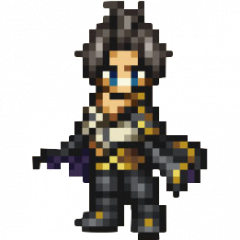-
Recently Browsing 0 members
No registered users viewing this page.
-
Popular Topics
-
Topics
-
Recent Status Updates
-
Options
Options
-
What was it like playing maining a shaman for like four years?
Link Below
https://www.youtube.com/watch?v=KGAAhzreGWw
No Recent Status Updates -
Options











.thumb.gif.8a17fdaf8afb0db93227240719bd8aa7.gif)
.thumb.gif.209a85f5fc63e4cf5308677a0888b830.gif)

Recommended Posts